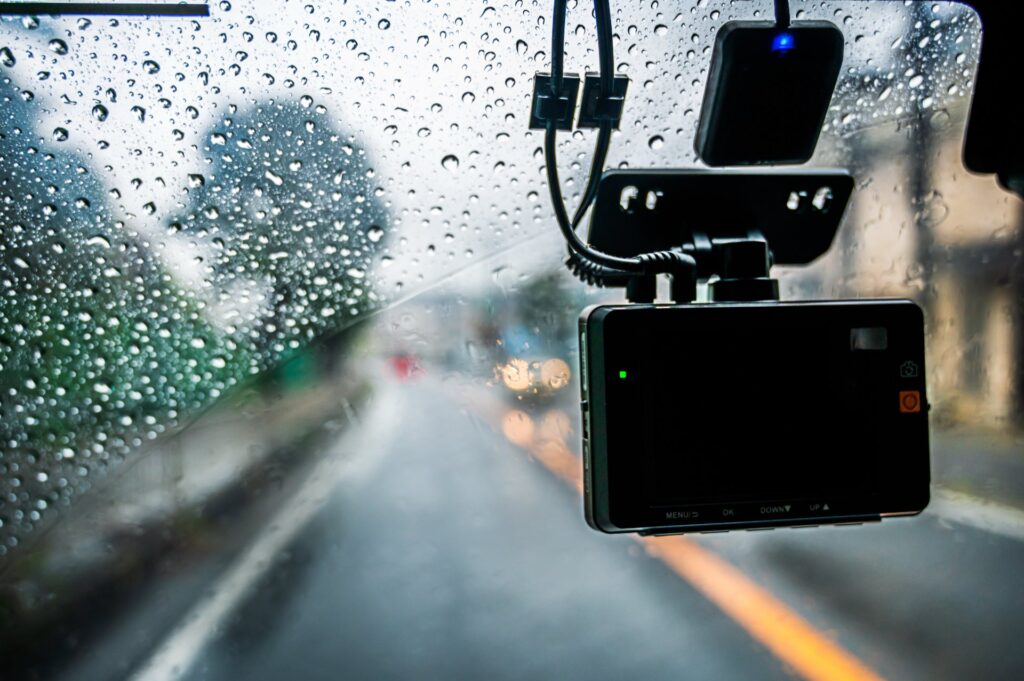Dashcams are becoming more common in New York—and for good reason. These small cameras, mounted on your dashboard or windshield, can be powerful tools when you’re involved in a car crash. At Gash & Associates, P.C., we’ve seen how dashcam footage can strengthen a personal injury claim—or in some cases, hurt it. Here’s what you need to know if you’re relying on video footage to support your auto accident case.
How Dashcam Footage Supports Your Case
Dashcam footage can provide clear, real-time evidence that helps prove who was at fault in an accident. In many cases, this can be the difference between a successful injury claim and one that gets denied. It can help:
- Prove fault by showing who ran a red light, failed to yield, or made an illegal lane change.
- Refute false claims from the other driver, especially if they try to blame you for something they did.
- Capture hit-and-run drivers or document the immediate aftermath, which is especially useful when witnesses are unavailable.
If you were injured, having a car accident video can help demonstrate how serious the impact was. This can support your claim for compensation, especially when paired with medical records and expert testimony.
What Dashcams Can’t Show (and Why It Matters)
While dashcams can provide valuable context, they don’t always tell the full story. A camera may miss key details outside its field of view, like a pedestrian stepping into traffic from the side or another vehicle causing a chain reaction.
They also can’t capture what drivers were doing inside their vehicles. If distracted driving or impairment is an issue, dashcam footage might not show it. That’s why we still rely on witness statements, police reports, and other evidence to build a strong case.
Legal Considerations for Using Dashcam Evidence in NY
New York allows drivers to use dashcams, but there are legal limits. New York privacy laws prohibit recording people in areas where they expect privacy. However, recording public roadways is generally legal.
To be used in court, dashcam footage must meet the same standard as other evidence—it must be relevant, authentic, and not edited. If you’re using a dashcam, make sure it records reliably, and don’t tamper with the footage. Courts may throw out altered or misleading video.
Tips for Preserving and Submitting Footage
- Back up the video immediately after the crash.
- Save multiple copies, preferably in cloud storage and on a physical device.
- Note the time, date, and location.
- Don’t share it online—send it to your lawyer first.
An experienced personal injury attorney can help ensure the footage is presented properly and used to your advantage.
FAQ
Is dashcam footage admissible in New York court?
Yes, if it’s relevant, clearly shows the event, and hasn’t been tampered with.
Can insurance companies use it against me?
Yes. If the footage shows you were partly at fault, they may reduce your payout.
What if the other driver has dashcam footage too?
Their footage may also be used, especially if it contradicts your version of events.
If you’ve been in an accident and have dashcam footage—or if you’re wondering whether it might help your case—contact Gash & Associates, P.C. in White Plains at (914) 328-8800. We’ll review the evidence and help you take the next steps.

